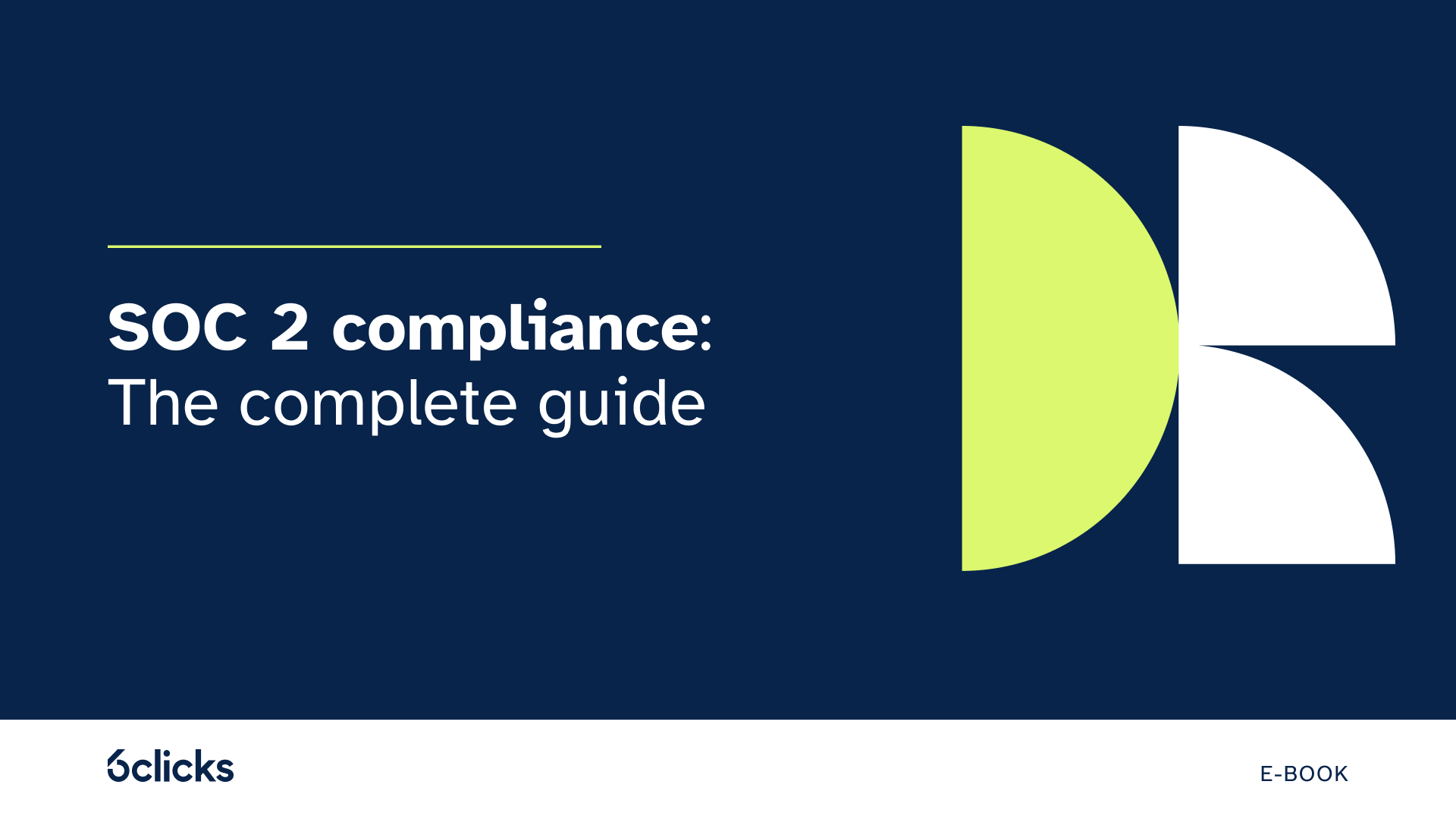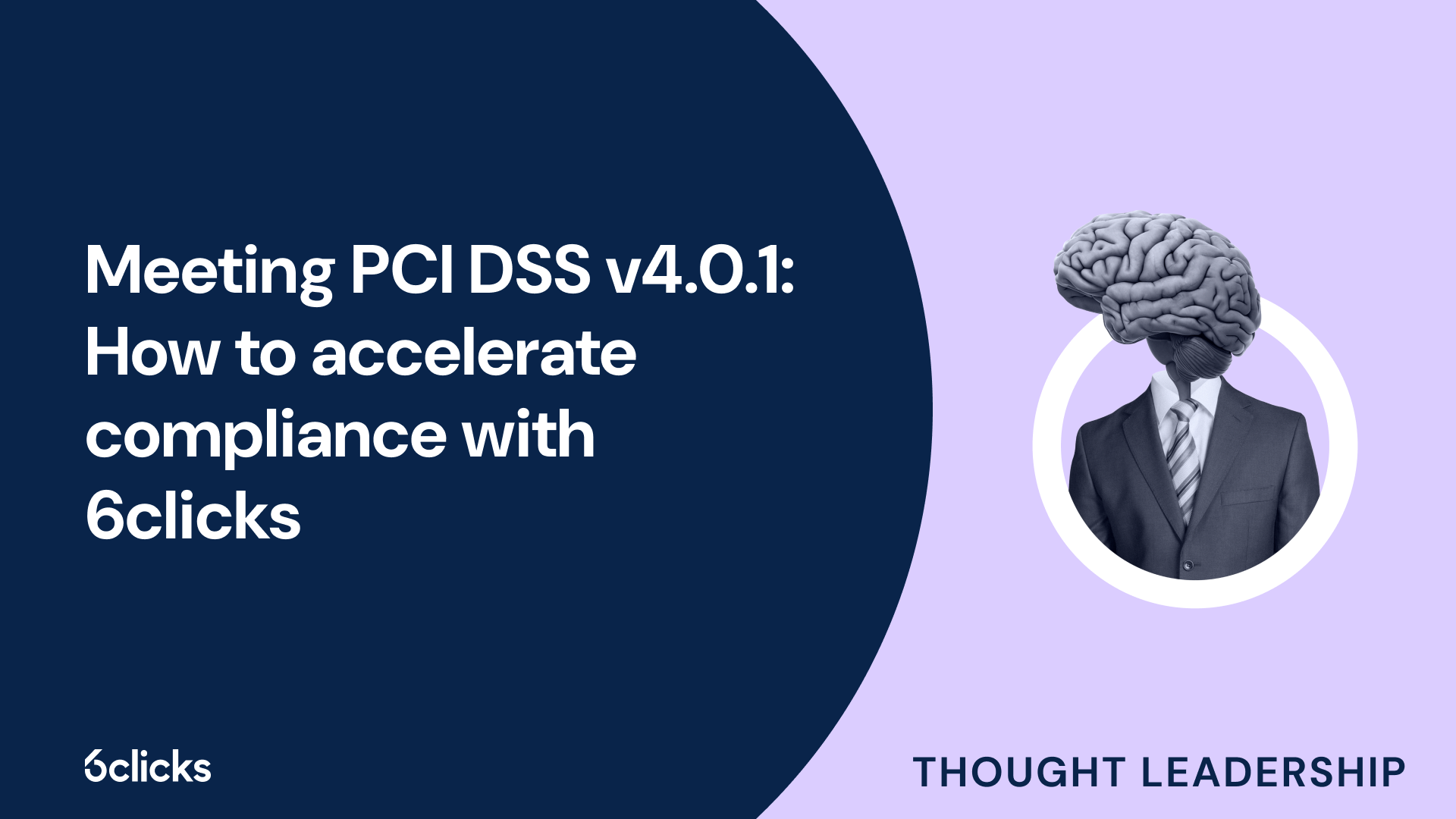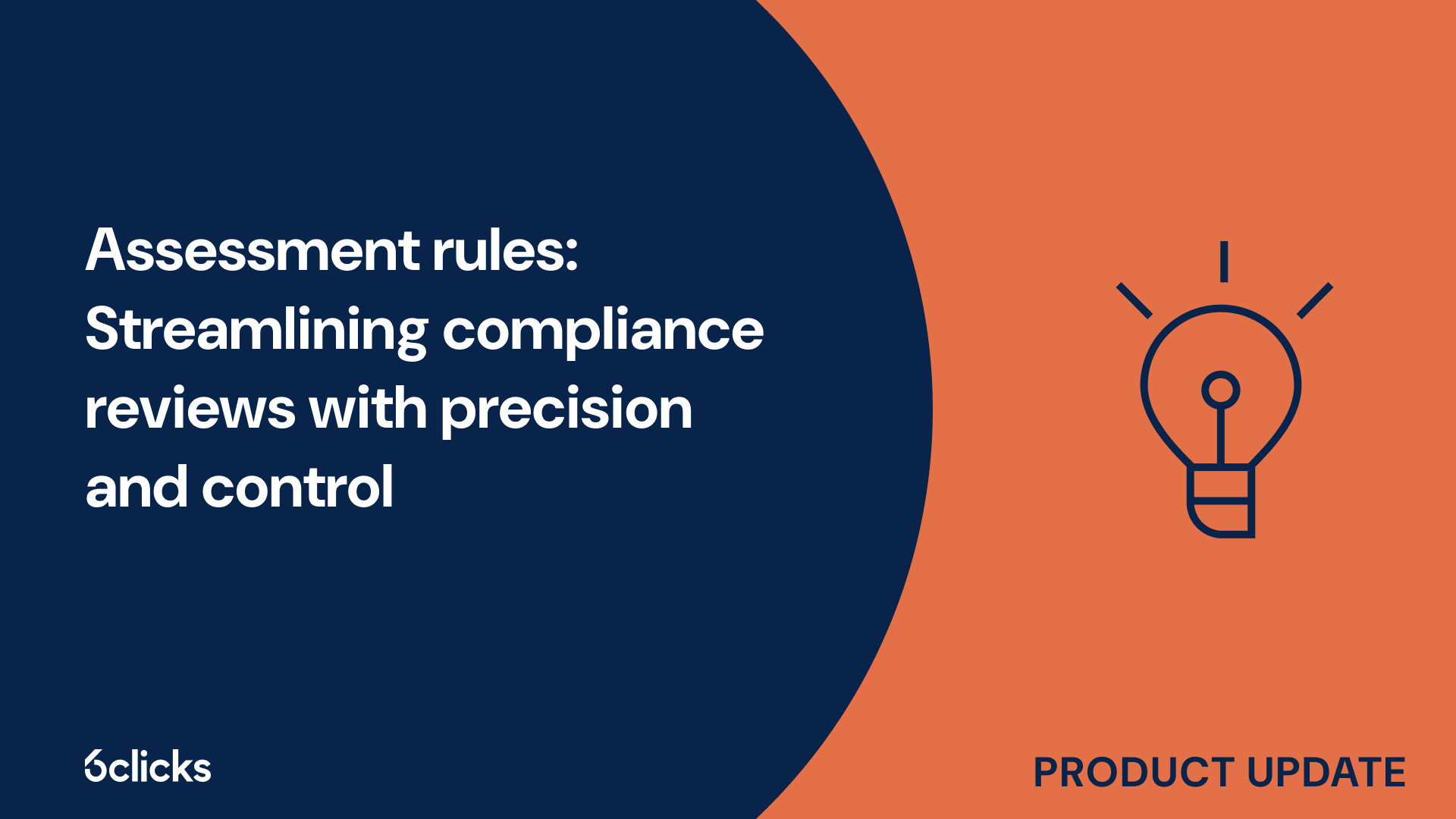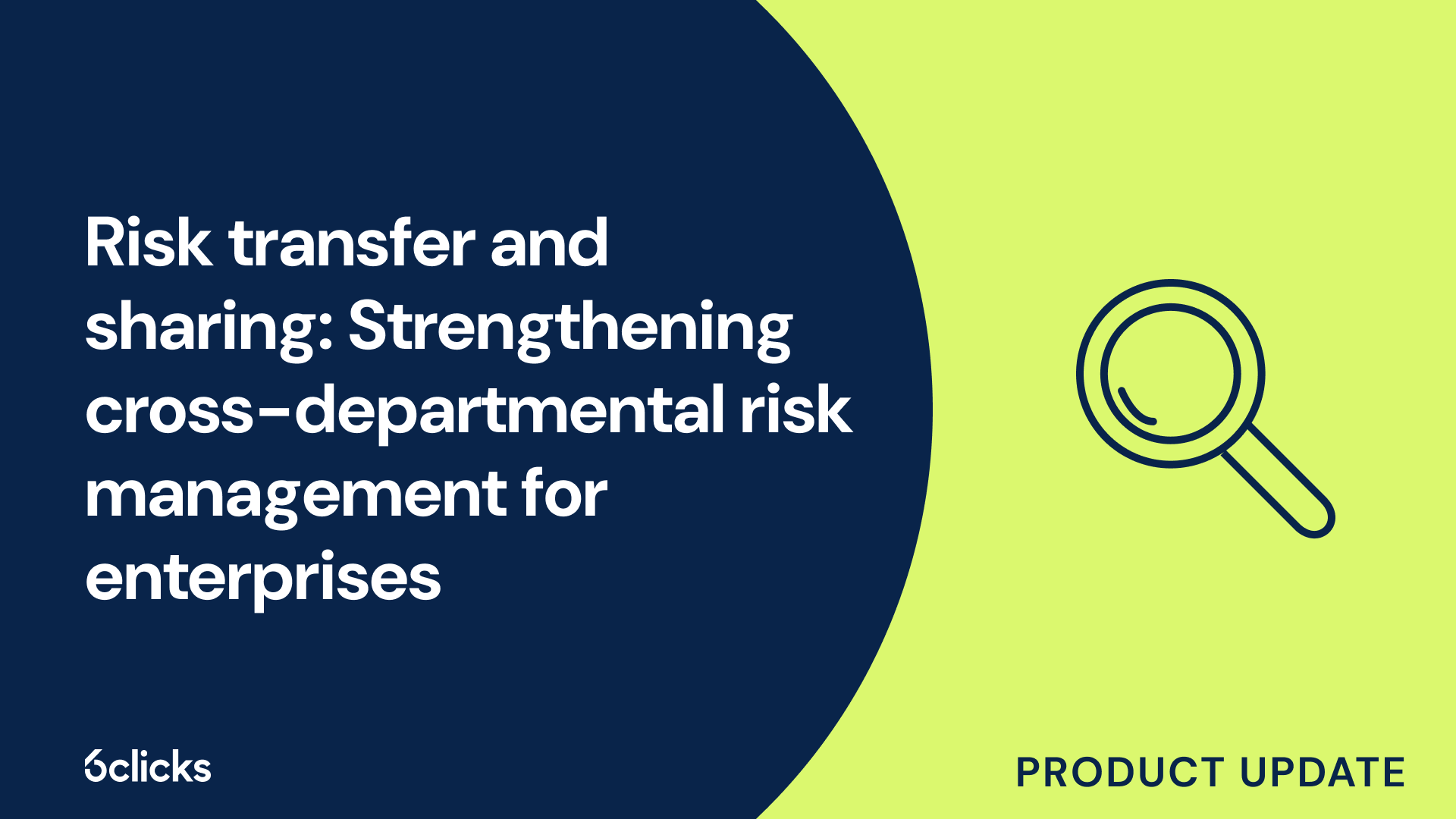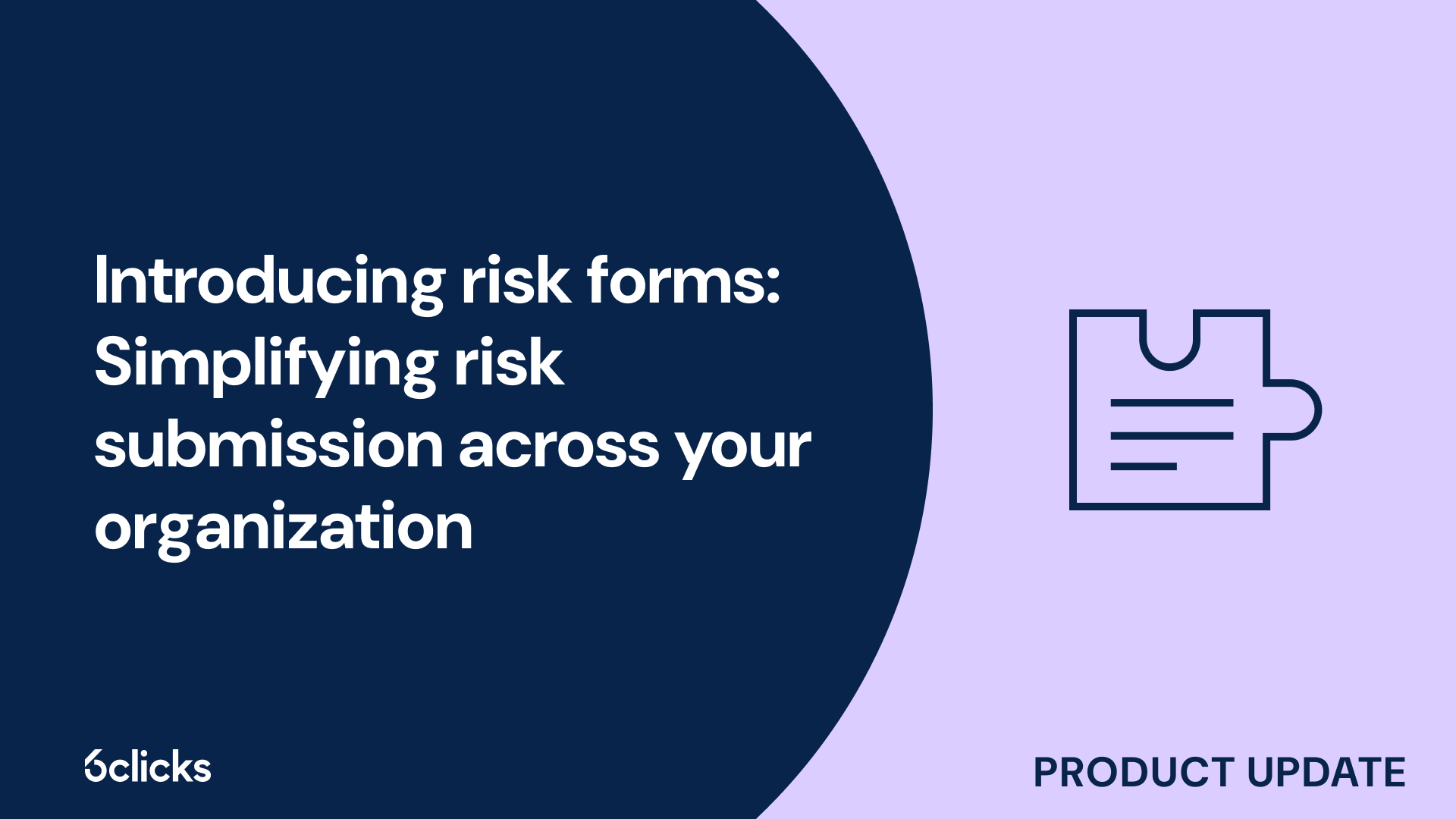Cyber resilience with NIST CSF in 2025
Master cyber resilience in 2025 with this expert guide to the NIST Cybersecurity Framework. Learn how to assess risk, improve security posture, and automate compliance with AI-powered solutions from 6clicks.
-1.png?width=200&height=249&name=Group%20193%20(1)-1.png)
Cyber resilience with NIST CSF in 2025
How should cybersecurity risks be managed under the NIST CSF?
TL;DR: NIST CSF promotes a risk-based approach to cybersecurity—guiding organizations to identify, assess, prioritize, and treat cyber risks based on business impact, threat likelihood, and resilience objectives.
As outlined in the 6clicks guide Cyber Resilience in 2025: Your Smart Guide to NIST CSF, risk management is central to the framework’s design. Rather than offering a fixed checklist of controls, the NIST CSF helps organizations evaluate cybersecurity risks in the context of their own mission, systems, and operating environment.
By aligning cyber activities with risk exposure, organizations can optimize their investments and build cyber resilience tailored to real threats.
How to manage risk using the NIST CSF
-
Conduct a risk assessment
Identify threats, vulnerabilities, assets, and potential impacts using standard methodologies (e.g., FAIR, NIST SP 800-30). -
Use the CSF Core to evaluate risk response
Map current security capabilities to the six functions: Govern, Identify, Protect, Detect, Respond, Recover. -
Establish a risk register
Document risks, assign ownership, define likelihood and impact, and link them to mitigation activities. -
Align with your organizational context
Evaluate risks in light of your sector, business model, regulatory environment, and risk appetite. -
Apply governance through Tiers
Use Tiers to assess how integrated your risk management approach is—from ad hoc to fully adaptive. -
Monitor and update continuously
Treat risk management as a living process—not a one-time task—adjusting as the threat landscape evolves.
Why this matters in 2025
-
Cyber threats are dynamic: Static defenses can’t protect against evolving ransomware, APTs, or supply chain threats.
-
Regulators demand proof: Risk-based approaches are now expected by auditors, regulators (e.g., APRA, SEC), and insurers.
-
Resources are limited: Organizations must prioritize security investments based on actual business risk.
-
Business alignment is key: Risk framing supports executive decision-making, especially in digital transformation initiatives.
The CSF empowers organizations to move beyond checklists and adopt resilient, risk-informed cybersecurity programs.
Need to implement a risk-based cybersecurity program aligned with NIST CSF?
Book a demo with 6clicks today to see how our platform helps identify, assess, and manage cyber risks—linking them directly to framework outcomes and business impact.



